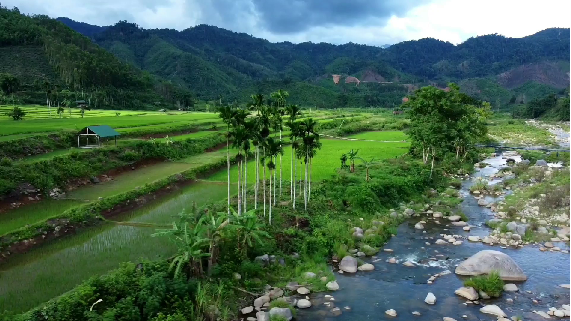Contact: hepaspirit@gmail.com OR cendispirit@gmail.com * Online: 2 - Visited: 637098

Featured
Video

01-27-2022 - 03:01:07
A comparison of Food Sovereignty and Livelihood Sovereignty
- ‘Food Sovereignty’ is defined as “the right of local people to control their own food systems, including markets, ecological resources, food cultures and productive modes.” Since the 1980s, these rights have been systematically undermined by an increasingly concentrated and globalized corporate agribusiness system of industrial agriculture, and in response, an international alliance of peasants and family farmers (La Via Campesina [The Peasant Way]) was formed in 1993, aimed at protecting their livelihoods, local cultures and traditional farming methods. From this alliance, a global ‘Food Sovereignty Movement’ has emerged.
While there are similarities between Food Sovereignty and Livelihood Sovereignty, there are also important differences that need to be understood. Both ideas address the ecological and social devastation being caused by the spread of industrial agriculture, and both ideas promote Agroecology as an alternative to corporate industrial agriculture. Agroecology is a multifunctional farming method that incorporates livelihood provision, conservation of biodiversity, and community wellbeing by harnessing traditional farming knowledge and the power of natural ecological processes. There are, however, important differences in the historical and social origins of Food Sovereignty and Livelihood Sovereignty.
La Via Campesina is an alliance of peasants and family farmers who have long been incorporated in the world capitalist system, and who have since the 1980s had their livelihoods undermined by IMF led Structural Adjustment Programmes, and WTO led trade liberalization and promotion of export oriented industrial agriculture. By comparison, Livelihood Sovereignty is the goal of indigenous cultivators living in small kinship-based communities who have up until 1986 been under the conditions of a centralized socialist economy, and after 1986 under a renovated semi-socialist-market economy. Many such communities have not until the 21st century been brought under the sway of the global neoliberal capitalist world economy, and many have retained much of their traditional way of life. Their social structures, cultures, belief systems, and traditional methods of cultivation are very different from those of peasant and family farmers. They are kinship-based communities of traditional cultivators who have not been transformed into peasants or family farmers by decades, even centuries of capitalist exploitation. Livelihood Sovereignty is the aspiration of these indigenous communities and it involves the preservation, not only of their livelihoods but also their kinship-based community solidarity and their spiritual relations to Nature. It involves more than their livelihood security, it also involves their ‘livelihood identity’, that is their sense of uniqueness that comes from their social, material and spiritual interdependence with a particular territory or landscape, which is articulated through an annual cycle of rituals and ceremonies connected with the annual agricultural cycle.
To emphasise the differences, we note that the membership organisations of La Via Campesina includes European and North American farmers organisation, and, closer to home, the Farmers Union of Vietnam. The latter is an arm of the state dedicated to the rapid industrialisation of agriculture and the growth extractive export agriculture. It is difficult to see these organisations as sharing the same interest as indigenous cultivators. In conclusion, it could be said that Food Sovereignty addresses the plight of peasants and family farmers at risk of being ‘proletarianized’ – i.e., transformed into wage slaves; while Livelihood Sovereignty addresses the plight of indigenous cultivators at risk of being ‘peasantized’ – i.e., transformed into peasants and family farmers as a first step to their proletarianization. Dialogue between Food Sovereignty and Livelihood Sovereignty should take note of these differences.






